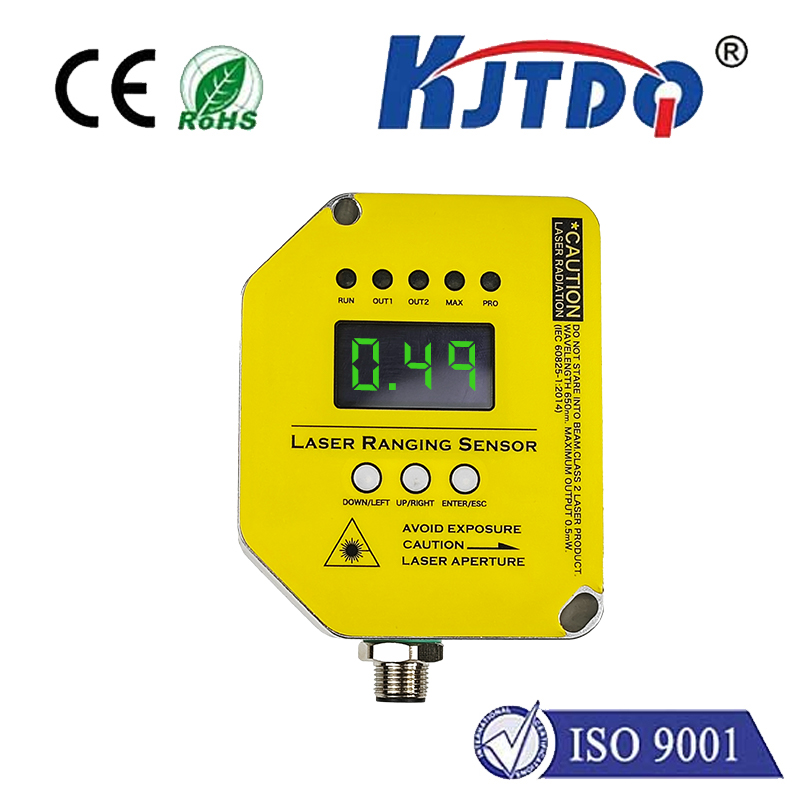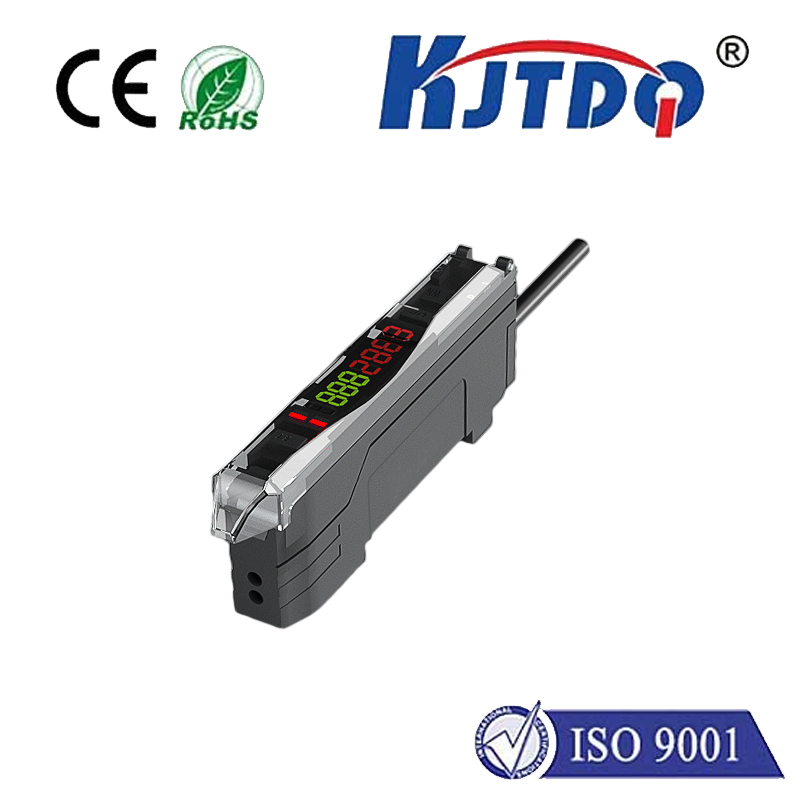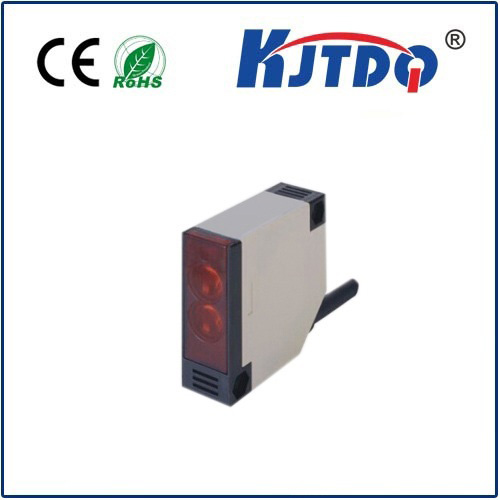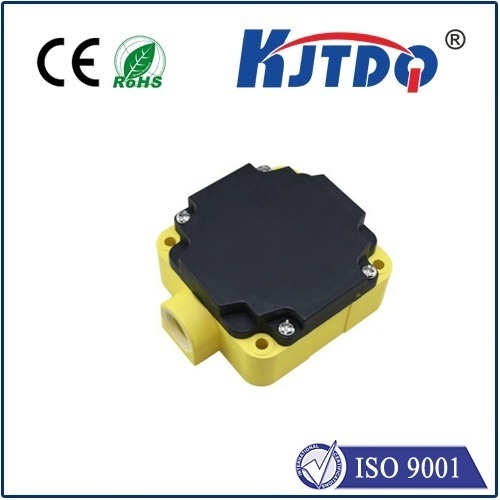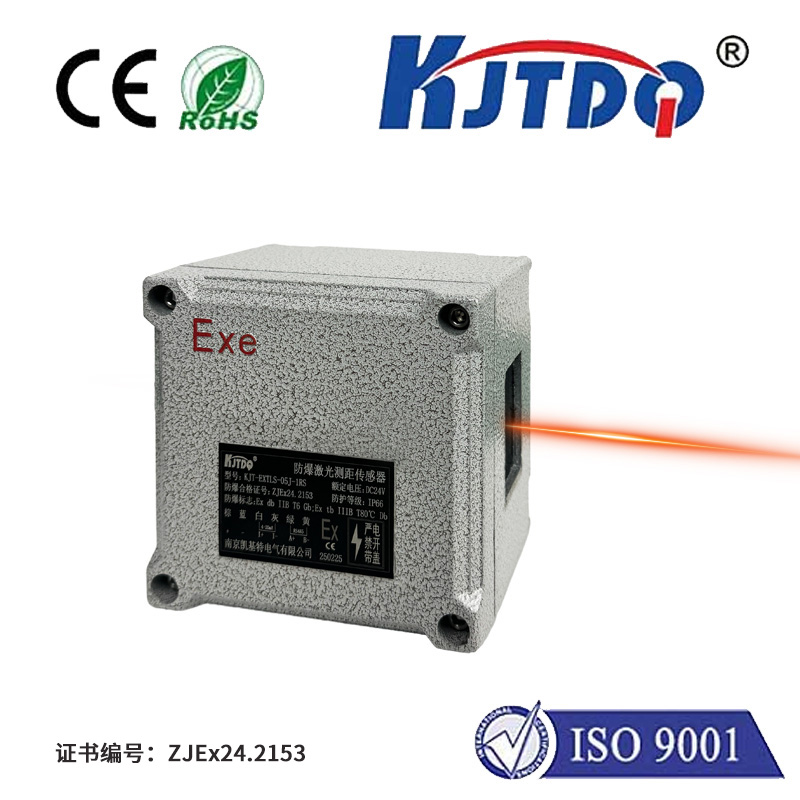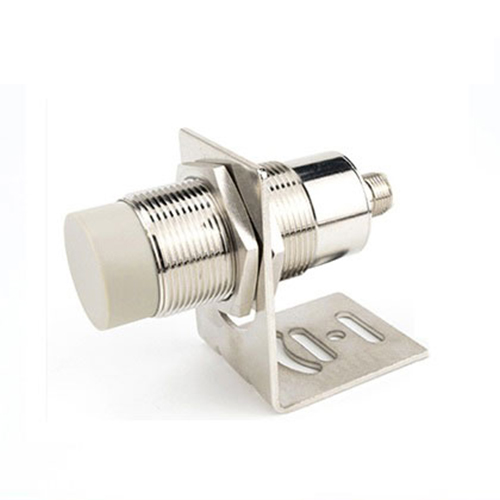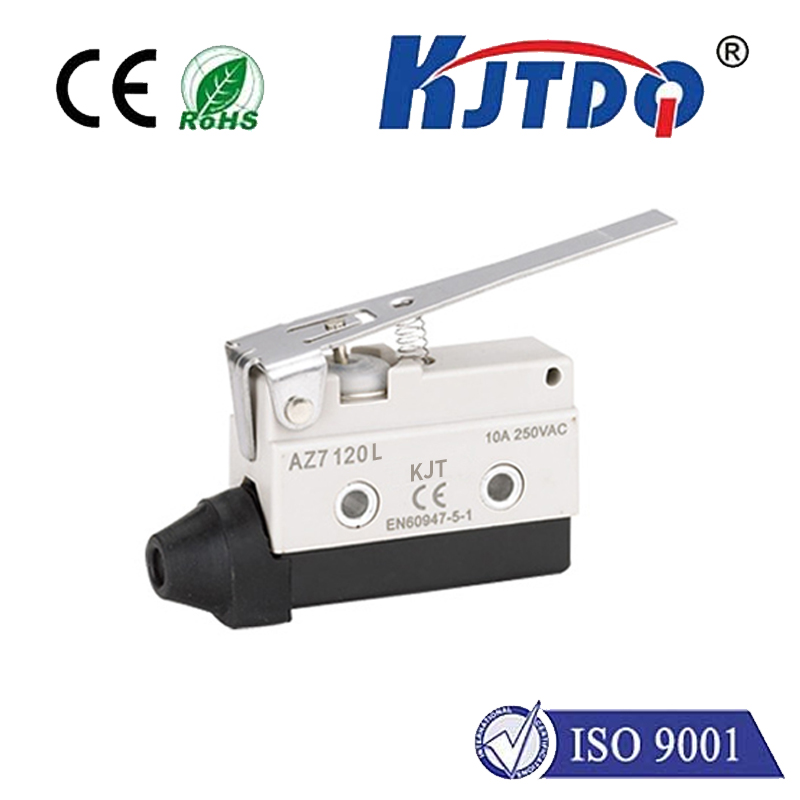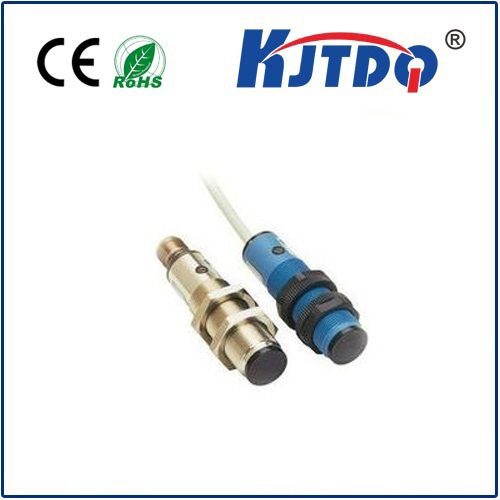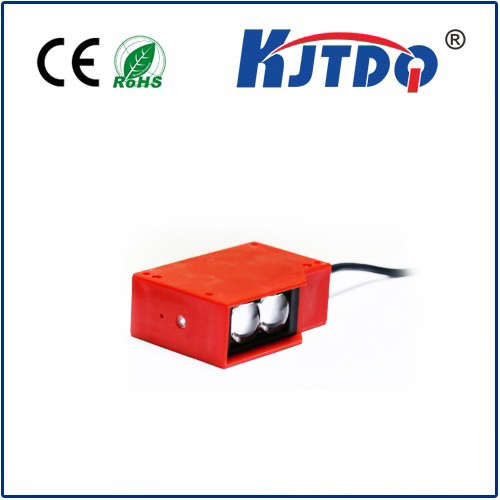aeco proximity sensor
- time:2025-07-05 00:18:10
- Click:0
Aeco Proximity Sensors: Revolutionizing Automation with Precision Detection
Imagine a world where machines intuitively sense their surroundings – preventing collisions, automating processes, and enabling smarter interactions without physical touch. This is the fundamental magic woven by proximity sensors, and Aeco, as a prominent provider in this field, stands at the forefront of delivering reliable, high-performance solutions. Aeco proximity sensors are the unseen guardians and intelligent triggers within countless applications, silently orchestrating efficiency and safety across diverse industries.
Understanding the Core: What is a Proximity Sensor?
At its essence, a proximity sensor is an electronic device designed to detect the presence or absence of an object within its defined sensing range without requiring physical contact. This non-contact detection is its defining superpower. Unlike mechanical switches that need to be pressed or bumped, proximity sensors operate using various physical principles to sense targets reliably and often under challenging conditions like dirt, dust, moisture, or vibration where physical switches would fail. Aeco specializes in refining this non-contact detection, offering sensors renowned for precision, robustness, and longevity.
The Science Behind the Detection: Key Technologies
Aeco leverages several core sensing technologies within its proximity sensor portfolio, each suited to specific needs and target materials:

- Inductive Proximity Sensors: These are the workhorses of industrial automation. They generate an electromagnetic field. When a conductive metal object (like steel, aluminum, brass, copper) enters this field, it induces eddy currents within the target, causing a detectable change in the sensor’s oscillation. Aeco inductive sensors excel in harsh factory environments for detecting metal parts, machine components, and position verification. Key advantages include high switching frequency, resistance to dirt/oil/water (often rated IP67/IP68), and long operational life.
- Capacitive Proximity Sensors: These sensors detect both conductive and non-conductive materials (metals, plastics, wood, liquids, powders, glass) by measuring changes in capacitance. They generate an electrostatic field. Any object entering this field alters its capacitance relative to the sensor’s face. Aeco capacitive sensors are invaluable for level detection in tanks (liquids, granules), presence sensing of plastic bottles or cardboard boxes, and applications involving non-metallic targets. They offer excellent versatility beyond metallic objects.
- Photoelectric Sensors: While a broader category, proximity-style photoelectric sensors (like diffuse reflective models) function by emitting a light beam (visible red, infrared, laser) and detecting the reflection from a target object entering its range. Aeco photoelectric sensors provide solutions for detecting objects at longer ranges than inductive or capacitive sensors, regardless of material type (though reflectivity matters), making them essential in packaging, material handling, and logistics.
- Magnetic Proximity Sensors (Reed Switches): These detect the presence of a permanent magnet. The sensor contains sealed contacts (the reed switch) that actuate when exposed to a sufficiently strong magnetic field. Aeco magnetic sensors are often used for position sensing on cylinders (piston detection), door/window status monitoring, and applications requiring very low power consumption and high reliability in clean environments.
Why Choose Aeco Proximity Sensors? The Compelling Advantages
The widespread adoption of Aeco proximity sensors stems from their inherent benefits over traditional contact-based methods:
- Non-Contact Operation: Eliminates mechanical wear and tear, ensuring extraordinarily long service life and virtually maintenance-free operation. No parts physically touch the target.
- High Reliability & Durability: Engineered to withstand demanding industrial environments – resistant to shock, vibration, dirt, dust, splashing water, oil, and chemicals (depending on model and rating). This robustness translates to reduced downtime.
- High-Speed Response: Capable of detecting objects at incredibly fast speeds (thousands of times per second), essential for high-precision automation and counting applications where milliseconds matter.
- Suitability for Harsh Environments: Their sealed construction (often IP67/IP68 rated) makes them ideal for use in washdown areas, foundries, outdoor applications, and other tough settings where other sensors would fail.
- Versatility in Object Detection: From metals (inductive) to nearly any material including liquids (capacitive), and at various distances (photoelectric), Aeco offers a sensor for almost any non-contact object detection challenge.
- Consistent Performance: Provides repeatable detection accuracy, unaffected by surface conditions of the target (within sensor specifications), unlike mechanical contacts that can be influenced by friction or surface debris.
Where Intelligence Meets Application: Key Use Cases
Aeco proximity sensors are the silent enablers in an astonishing array of sectors:
- Industrial Automation & Manufacturing: Position sensing on conveyors, robotic arm guidance, machine guarding (safety interlocks), part counting, jig/fixture detection, spindle positioning, end-of-stroke detection on cylinders. They are fundamental to modern assembly lines.
- Packaging & Material Handling: Detecting presence/absence of bottles, cans, boxes, cartons; verifying label placement; controlling filling levels; monitoring conveyor flow; triggering sorting mechanisms.
- Automotive Industry: Used extensively on production lines for welding robots, part placement verification, door/latch sensing, fluid level monitoring, and within vehicles themselves (seat occupancy sensors, gear position sensing).
- Consumer Electronics: Found in appliances (lid/door closure detection in washing machines, refrigerators), smartphones (screen on/off during calls), vending machines (product dispensing, coin detection).
- Food & Beverage Processing: Hygienic level sensing in tanks/silos (capacitive sensors), container/bottle detection on filling lines, cap presence verification. Sanitary designs are crucial here.
- Building Automation: Elevator floor positioning, door control (open/closed status), security systems (window/door tamper detection using magnetic sensors).
Ensuring Peak Performance: Selection and Considerations
Choosing the right Aeco proximity sensor is crucial for optimal results. Key factors include:
- Target Material: Metal? Use Inductive. Non-Metal, Liquid, Powder? Use Capacitive. Longer range? Consider Photoelectric. Magnet? Use Magnetic.
- Sensing Range: The required distance between the sensor face and the target object when detection occurs. Always consult specifications.
- Output Configuration: NPN (Sourcing) or PNP (Sinking)? Normally Open (NO) or Normally Closed (NC)? This must match the input requirements of your controller (PLC).
- Size (Housing) and Mounting: Physical constraints dictate the sensor body size and required mounting style (flush, non-flush, threaded barrel, block-style).
- Environmental Conditions: Consider temperature extremes, potential for submersion/washdown (IP rating), exposure to chemicals, welding spatter, or EMI/RFI interference. Select the appropriate robustness rating.
- Electrical Requirements: Operating voltage (DC vs. AC), current consumption, and wire connection type (cable, connector).
Proper installation is essential: ensure the sensor is securely mounted, correctly wired, and positioned relative to the target within its specified sensing range. Regular functional checks help maintain system reliability. While incredibly durable, avoid mechanical damage to the sensing face.
Aeco: Delivering Sensing Excellence
In the intricate dance of modern automation and smart systems, the ability to detect objects reliably and without contact is fundamental. Aeco proximity sensors embody this principle with technological sophistication and rugged dependability. Whether it’s ensuring robotic arms move with precision on an assembly line, guaranteeing every bottle is filled correctly, or providing a critical safety interlock, Aeco proximity sensors function as the vital sensory nodes. They transform physical presence into actionable electrical signals, enabling machines to interact intelligently with their environment. By offering a comprehensive range based on inductive, capacitive, photoelectric, and magnetic principles, Aeco provides tailored solutions for virtually any proximity detection challenge, driving efficiency, safety, and innovation across the globe.






